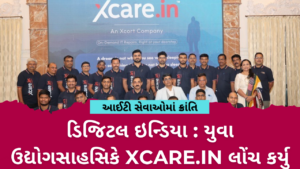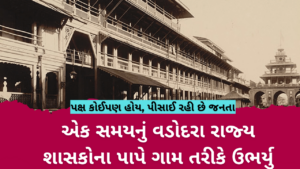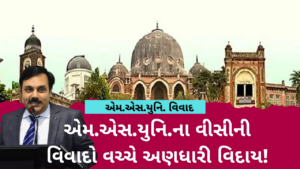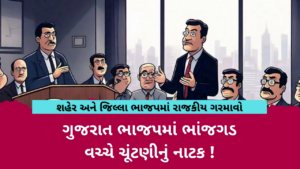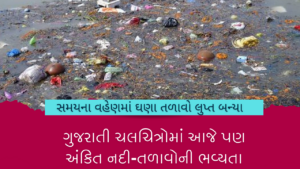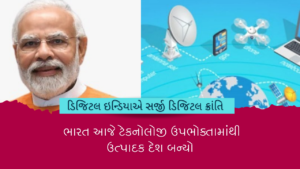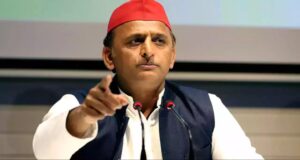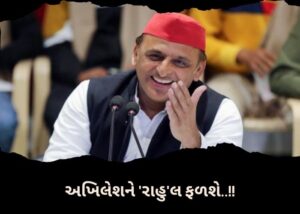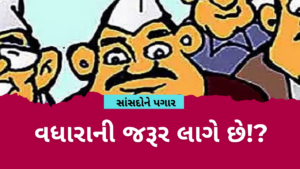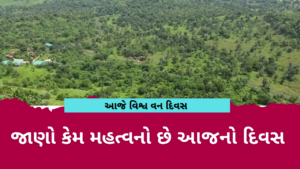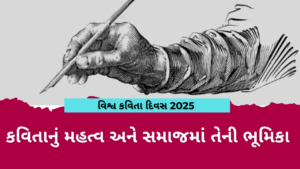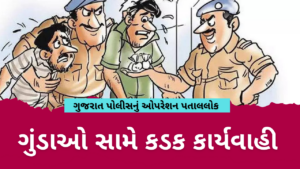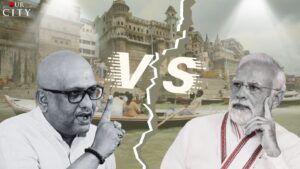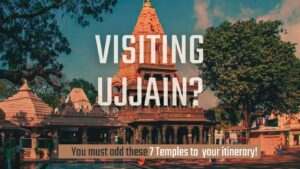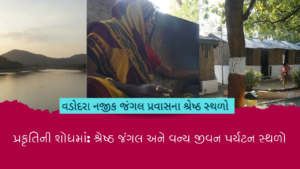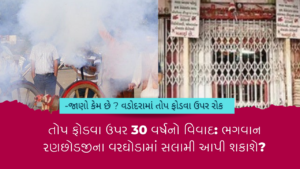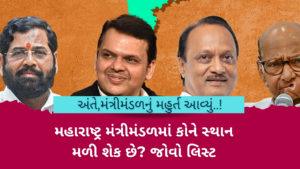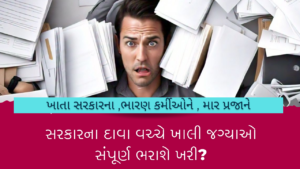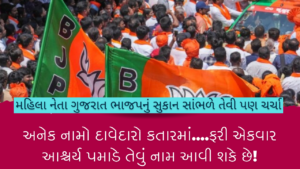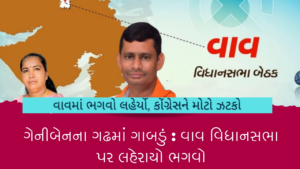–An Article by Poojan Patel
What is the Maratha Quota issue?
The Maharashtra quota issue is the ongoing legal and political battle over the provision of reservations for the Maratha community in the state of Maharashtra. The Marathas are a socially and educationally backward class (SEBC) community who make up around 33% of the state’s population.
In 2018, the Maharashtra government passed a law providing 16% reservation for Marathas in education and government jobs. However, this law was challenged in the Bombay High Court, which reduced the quota to 12% in education and 13% in jobs. The law was then challenged by the Supreme Court, which struck it down in 2021.
The Supreme Court ruled that the law violated the 50% ceiling on reservations set by the court in its 1992 Indra Sawhney (Mandal) judgment. The court also held that there were no extraordinary circumstances to warrant breaching the 50% ceiling in the case of Marathas.
The Maharashtra government has since filed a curative petition against the Supreme Court’s verdict. The petition is still pending before the court.
What is coming in the way of the Maratha reservation?
The main obstacle to the Maratha reservation is the Supreme Court’s 50% ceiling on reservations. The court has held that the ceiling is necessary to ensure that reservations do not become so large that they undermine the principle of equality.
The Maharashtra government has argued that the 50% ceiling is arbitrary and that it should be raised in order to accommodate Marathas and other SEBC communities. However, the Supreme Court has so far refused to revisit the ceiling.
In addition to the Supreme Court’s ceiling, the Maratha reservation issue has also been complicated by political and social factors. Some political parties have opposed the Maratha reservation, arguing that it will benefit the community at the expense of other marginalized groups. There have also been concerns that the Maratha reservation could lead to social unrest and violence.
What is the difference between the Marathas and the Marathis?
Historically the term Maratha was used to denote the Marathi-speaking people and the army men of Chhatrapati Shivaji Maharaj.
All the Marathas are Marathis but not all Marathis are Marathas. There are other caste groups within the Marathi people, such as the Brahmins, Rajputs, and Kunbis.
| Characteristic | Maratha | Marathi |
| Definition | A caste group within the Marathi people | All people who speak the Marathi language |
| Population | Around 33% of the population of Maharashtra | The majority of the population of Maharashtra |
| Occupation | Found in all walks of life, but particularly well-represented in agriculture, politics, and the military | Found in all walks of life |
| Famous members | Chhatrapati Shivaji Maharaj, Bal Gangadhar Tilak, B.R. Ambedkar, Lata Mangeshkar, Sachin Tendulkar | Many other caste groups within the Marathi people, such as Brahmins, Rajputs, and Kunbis |
The Parallel of Maratha Quota with the Patidar Andolan:
What we need to understand here is that although the cases on the surface seem similar they are in reality quite different. In Gujarat, OBCs hold 27 percent of government and educational seats, followed by Scheduled Castes (7.5%) and Scheduled Tribes (15%), making up 49.5% of all seats. In April 2016, the government set aside 10% of available spots for economically weaker sections of the state. In August 2016, the Gujarat High Court invalidated the 10% reservation. The case made by the Patidar Andolan was based on the Economically weaker sections of the State and to provide them with the necessary support.
The Maratha quota issue has been a contentious one for many years. It has sparked protests and violence in Maharashtra, and it has divided the state along caste lines. The issue has also raised important questions about the role of caste in Indian society. Although both movements have had their ups and downs while the Patidar Andolan has come to a halt, the Maratha Quota protests have gained momentum.
Why are Marathas demanding the quotas?
The demand for the quota is based on the argument that the Marathas are socially and educationally backward, and the reservation is required to improve the socio-economic conditions of the Marathas.
Proponents of the quota point to a number of factors to support their argument, including:
- The Maratha community has a high representation among the poor and landless in Maharashtra.
- Marathas are underrepresented in government jobs and educational institutions.
- Marathas have lower educational attainment rates than other communities in Maharashtra.
- Marathas are more likely to be engaged in traditional occupations, such as agriculture and labor, which are typically low-paying and have limited opportunities for advancement.
Proponents of the quota argue that reservation will help to address these disparities by providing Marathas with greater access to education, employment, and government benefits. They also argue that reservation will help to promote social justice and equality in Maharashtra.
Opponents of the quota argue that it is unfair to other communities, particularly those who are already marginalized. They also argue that reservation does not address the root causes of social and educational backwardness, such as poverty and lack of access to quality education.
The debate over the Maratha reservation is complex and there are strong arguments on both sides. Ultimately, it is up to the government and the courts to decide whether or not to provide reservations for Marathas.
What is the future of the Maratha reservation?
The future of the Maratha reservation is uncertain. The Maharashtra government is currently awaiting a decision from the Supreme Court on its curative petition. If the petition is dismissed, the government will need to explore other options to provide reservation for Marathas.
One option is to amend the Constitution to raise the 50% ceiling on reservations. However, this would be a difficult and time-consuming process. Another option is to provide a reservation for Marathas within the existing 50% ceiling. This could be done by reducing the quota for other communities or by creating a new category of reservation for economically weaker sections (EWS).
The Maharashtra government has also said that it is considering providing reservations for Marathas in local body elections. However, this would require a change in state law.
The Maratha quota issue is a complex one with no easy solutions. The government and the courts will need to work together to find a solution that is fair to all communities.


